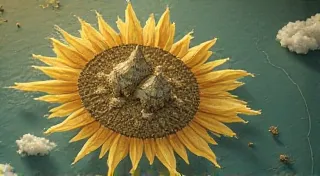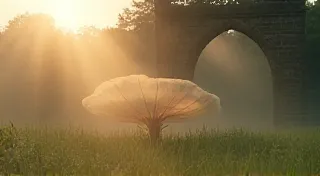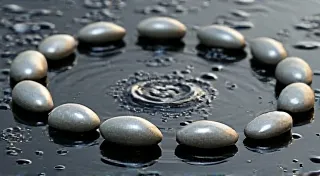Botanical Precision: Echoes of the Scientific Gaze
There’s a quiet reverence that settles when you hold an antique accordion. Not just the sheer mechanics of it – the bellows, the reeds, the intricate levers – but the echo of a past where artistry and function were inseparable. It’s a feeling I find mirrored in the world of scientific botanical illustration, a discipline that’s more than just drawing plants; it’s about careful observation, meticulous documentation, and an almost devotional pursuit of truth. My own journey into pen and ink botanical illustration wasn’t initially about flowers; it began with a fascination for these old instruments, spending hours sketching their components, marveling at the craftsmanship that birthed such complex beauty. That same attention to detail, that desire to capture the essence of an object through careful rendering, is the bridge between those early sketches and my current botanical explorations.
Before the vibrant hues of watercolor dominated the botanical art world, pen and ink reigned supreme. Think of the works of Maria Sibylla Merian, or the intricate plates in early botanical texts. These weren't simply pleasing visuals; they were vital records. Early botanists, lacking the sophisticated photographic documentation we take for granted today, relied on the skilled hand of the illustrator to create enduring depictions of flora from around the world. These weren't artists free to interpret; they were scientists tasked with precisely conveying form, color, and texture. They faced a significant responsibility: ensuring that future researchers could accurately identify and understand the plants they documented.
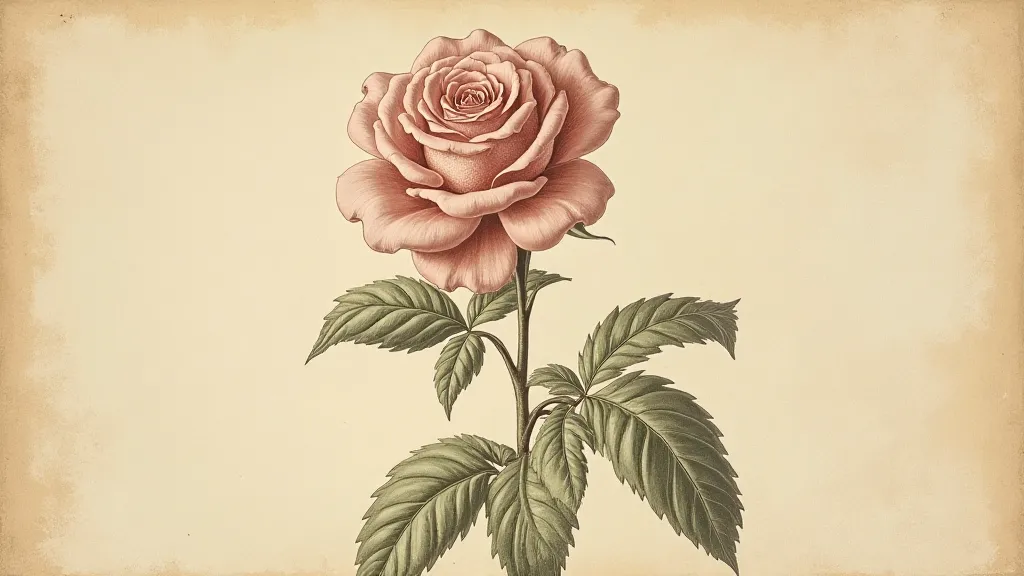
The Rigor of Observation
Emulating the scientific gaze in botanical illustration demands a shift in perspective. It's not enough to simply like a flower's appearance; you must *see* it. This means intensely observing its structure – the arrangement of leaves, the angle of petals, the subtle curves and indentations that define its unique form. Think of an accordion; you wouldn’t try to draw it by merely glancing at it. You would study the grain of the wood, the precise angle of the keys, the subtle wear marks on the bellows, and how all these details combine to create its characteristic sound and appearance. The same applies to botanical drawing.
Start with a simple subject. A single leaf is an excellent starting point. Don’t rush into shading; focus on accurately capturing its outline. Use a light pencil initially – perhaps a 2H or HB – and gently refine the lines. Notice how the edges aren't perfectly smooth; they have minute variations that give it character. The veins aren't perfectly uniform in width or spacing. They branch and curve in complex, yet predictable, patterns. This initial sketching phase is about building a mental map of the subject – a foundation for the more detailed work to come.
Rendering Plant Textures: The Art of Stippling & Hatching
The challenge with pen and ink is its inherent lack of tonal range. Unlike watercolor, you can't simply blend colors to create subtle gradients. Instead, you must rely on techniques like stippling (using dots) and hatching (using parallel lines) to create the illusion of shading and texture. The density of the dots or the closeness of the lines dictates the darkness of the area. Think of the felt of an accordion bellows – the tight, velvety surface isn't a single color, but a density of tiny fibers. To render that texture in ink, you’re replicating that density with your pen.
Mastering stippling takes patience. Start with small areas and gradually increase the density of the dots to create a gradual transition from light to dark. Experiment with different sized pens – a finer pen will produce smaller, more delicate dots, while a broader pen will create larger, more impactful ones. Hatching, too, offers a range of possibilities. Vary the angle and spacing of your lines to create different textures. Parallel lines create a smooth, even shading, while crossed-hatching adds depth and complexity.
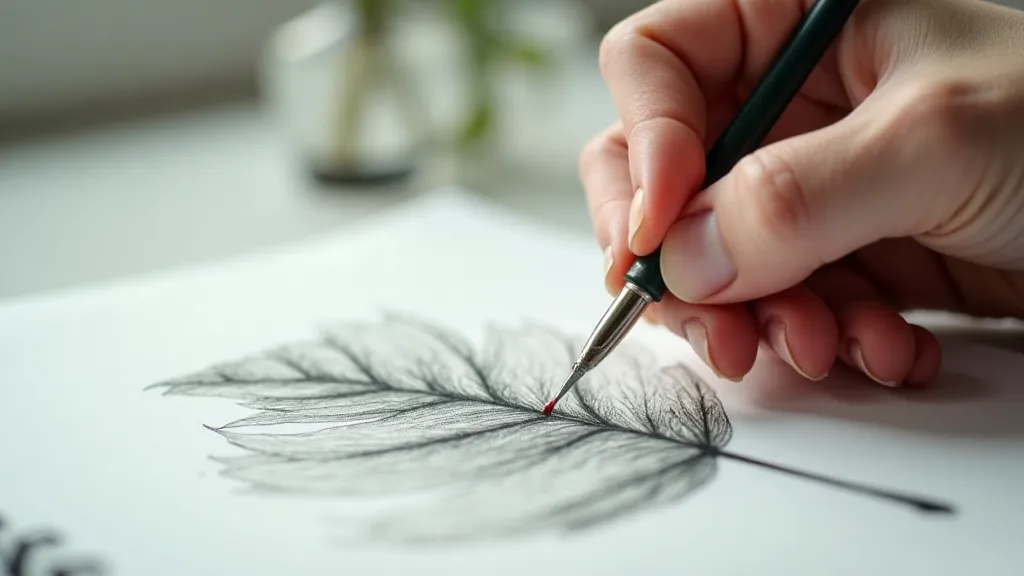
Delving into Botanical Details
Scientific botanical illustrations often include detailed annotations – labels identifying key features like leaf margins, vein patterns, and flower structures. While not strictly necessary for artistic rendering, understanding these botanical terms deepens your appreciation for the subject and adds another layer of accuracy to your drawings. Study botanical diagrams and reference photos to familiarize yourself with these terms. Learn to recognize the subtle differences between a serrated leaf margin and a crenate one. Understanding the phyllotaxis (arrangement of leaves) adds a level of understanding that informs your drawing, making it more than just a visual representation.
The meticulousness required in scientific illustration isn’s about perfection; it’s about accuracy. A slight deviation in a leaf’s angle or a misrepresentation of a petal’s shape can alter its identification. That’s why these illustrations were so critical; they provided a reliable record, a visual benchmark for comparison and verification. The same dedication to accuracy that drives a skilled accordion repairman – painstakingly replacing every lever and reed – is what elevates pen and ink botanical illustration beyond mere art.
Beyond Pen & Ink: Exploring Combinations
While pure pen and ink offers a unique aesthetic, it’s possible to combine it with other mediums, most notably watercolor. A light watercolor wash can be applied *before* the ink drawing, providing a subtle base tone that defines the overall color of the plant. The ink is then used to add detail and contrast, creating a more dynamic and expressive image. This approach requires careful planning and execution, as the ink will bleed into the watercolor. However, the result can be a stunning blend of precision and vibrancy.
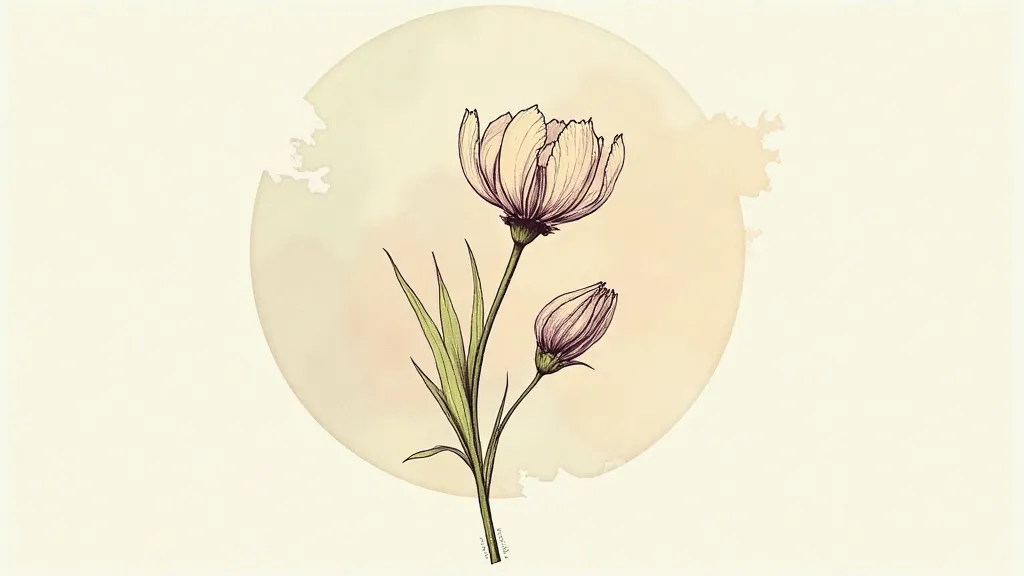
The Enduring Legacy
The practice of pen and ink botanical illustration, born from a need for precise documentation, offers a powerful connection to the past. By embracing the rigor and attention to detail characteristic of scientific illustrations, we not only create beautiful works of art but also participate in a long and venerable tradition. It's a tradition that celebrates not just the beauty of the natural world, but also the power of careful observation, meticulous craftsmanship, and the enduring quest for knowledge. And just like an antique accordion, cherished for its history and the hands that brought it to life, a well-executed pen and ink botanical illustration becomes a testament to both artistic skill and scientific dedication.
